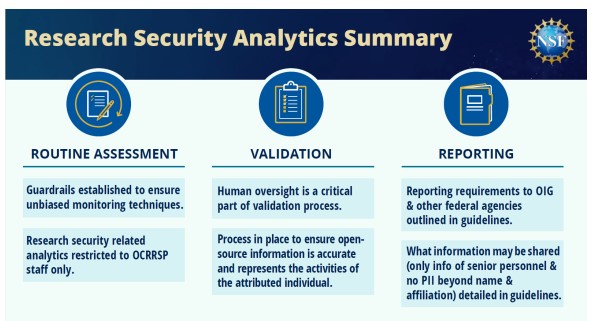NSF Looks Headed for a Half-Billion Dollar Haircut
Funding for the U.S. National Science Foundation would fall by a half billion dollars in this fiscal year if a proposed budget the House of Representatives’ Appropriations Committee takes effect – the first cut to the agency’s budget in several years.
This action, to be clear, is part of the ongoing battles just over keeping the U.S. government funded in the current year and the science funding was part of a much larger – but still mot comprehensive –“minibus” bill that combines six of the 12 separate spending bills needed each year. This pressing need to keep the lights on explains why the proposed cut is being treated as a fait accompli even before the bill passes.
Before the urgency crystalized, the Subcommittee on Commerce, Justice and Science of the Appropriations Committee had recommended spending $9.63 billion specifically for the nation’s premier funder of basic scientific research, which would have been a small increase over last year’s so-called base amount. Their counterparts in a similar Senate CJS committee had recommended $9.50 billion.
Last year the NSF was been funded both by the traditional base appropriation and by $335 million in supplemental funding from the CHIPS Act, which supports technology ventures. (The additional money from CHIPS going to NSF unsurprisingly supports the NSF’s new technology directorate.) That meant that the agency received $9.88 billion last year.
Now, the cut-down amount comes in at $9.06 billion, which is $479 million below what the agency’s base was last year and $818 million below the base plus CHIPS (and $2.29 billion below what the Biden administration asked for). What this will mean for the NSF’s Directorate of Social, Behavioral and Economic Sciences remains to be seen. SBE is the smallest of the foundation’s directorates by budget, receiving $313 million last fiscal year. President Biden had sought a budget of $360 million this year.
The Coalition for National Science Funding (CNSF) released a statement saying it was “disappointed by the funding for NSF included in the FY 2024 minibus legislative agreement recently released.” The coalition of more than 140 other science groups argues that “this cut ignores bipartisan and bicameral efforts to expand the reach of NSF to societal impacts, regional reach, and new technologies and innovations.”
The coalition is already pushing legislators to restore the cuts in the fiscal year 2025 budget. In a proposed letter to Congress, it reminds the legislators of their past promises:
As one might expect, federal budgeting is by no means straightforward.
The U.S. government produces 12 separate smaller spending bills for the total annual outlay, and the Commerce, Justice and Science piece is the idiosyncratic collection of agencies including NSF, the Census Bureau, the Bureau of Justice Statistics, and the Office of Science and Technology Policy of particular interest to social and behavioral scientists. The full Commerce, Justice, Science, and Related Agencies Appropriations Act in the minibus sets aside $66.538 billion, of which $33.95 billion is appropriated to science agencies such as NSF and NASA.
A number of different sources provide suggestions on federal funding decisions, including the president and various committees in both the House and the Senate, but it is the Constitutional duty of the House to originate spending bills. And while various committees may authorize funding, it is the Appropriations Committee that has the duty of actually providing the money through legislation. Meanwhile, the Senate will also prepare a Commerce, Justice and Science bill and the final versions of the House and Senate bills must be reconciled before being sent to the president for signature.


























































































